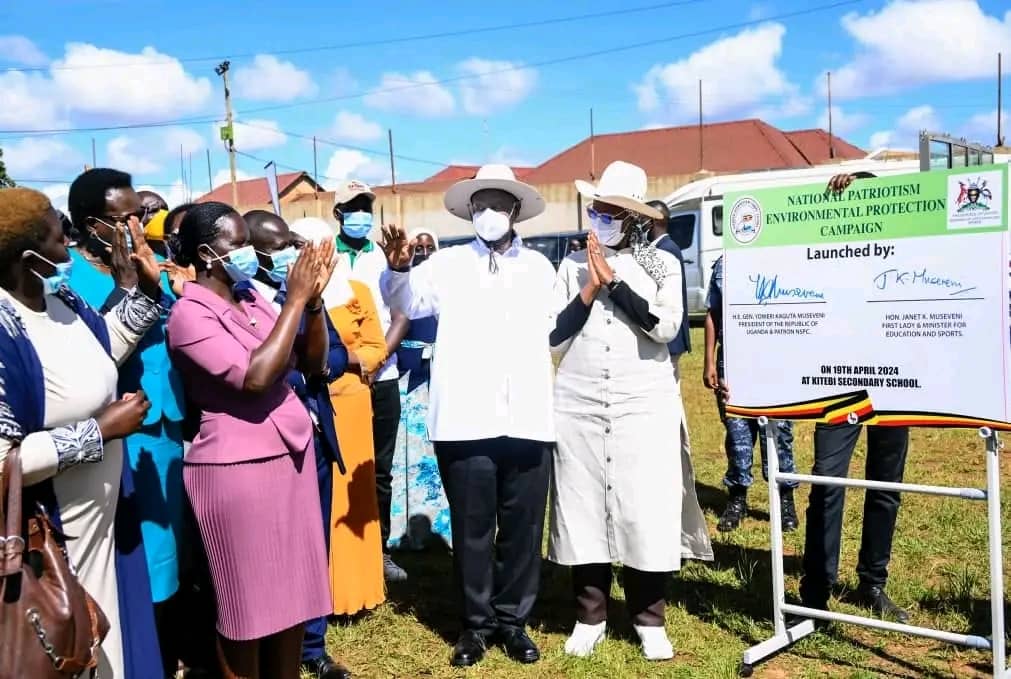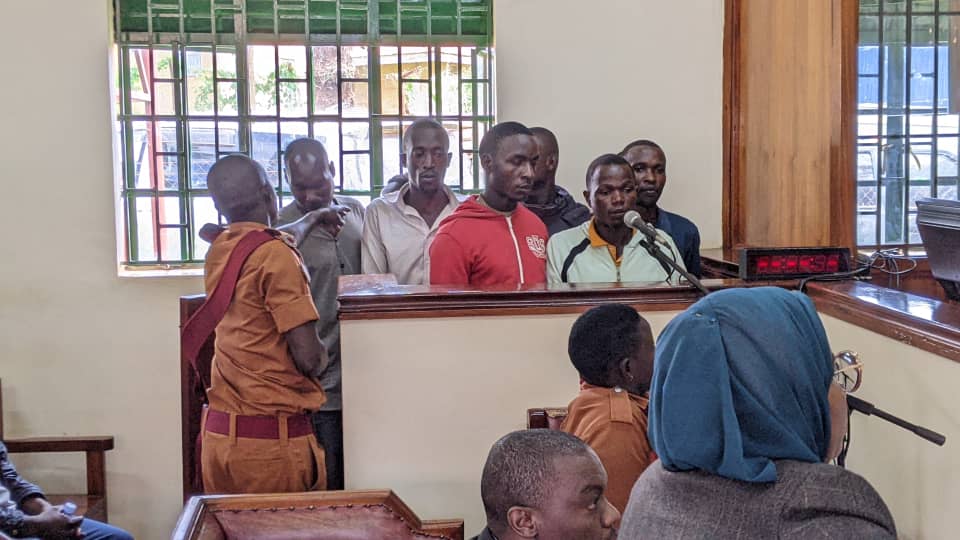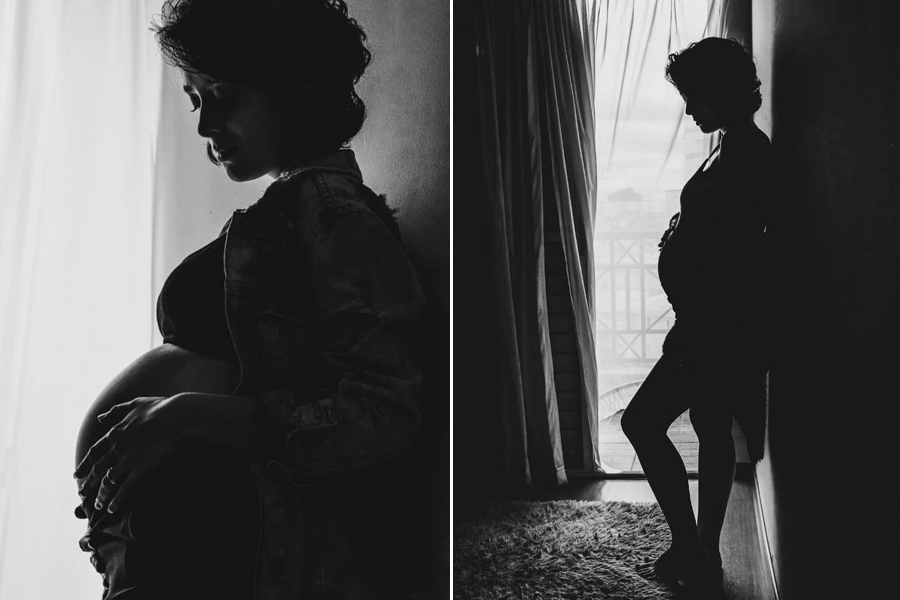Little Known History of the 7 Hills of Kampala
 Old Kampala Mosque
Old Kampala Mosque
Kibuli Hill is where the first Muslim leaders in Uganda settled in the 19th century. Prince Badru Kakungulu, a Buganda royal, owned most of the hill, before he donated it to the Ugandan Muslim community. On that land today stands the Kibuli Mosque, Kibuli Secondary School, Kibuli Hospital and Kibuli Teacher Training College. The hill also accommodates a police training school and a teacher training college.
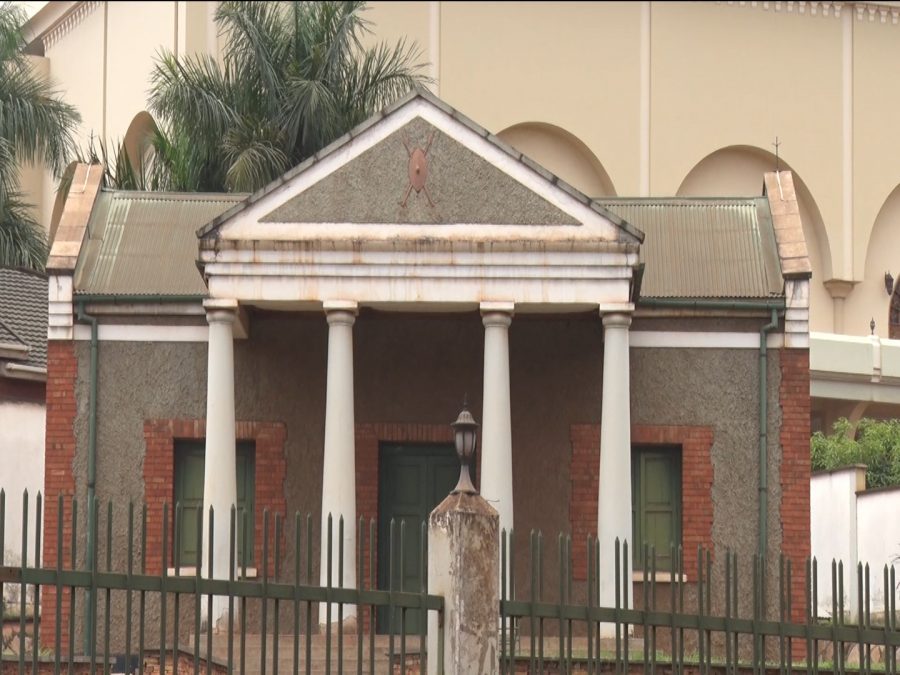 Captain Frederick Lugard's former headquarters
Captain Frederick Lugard's former headquarters
Old Kampala, which was once the camp of Captain Fredrick Lugard in 1889, is located south west of the city. The fort is a reminder of the country’s colonial experience under the rule of Captain Lugard as first Governor of the British Protectorate. Fort Lugard has become a tourist attraction currently under management of Buganda tourism board. The fort was moved in 2003 to accommodate the largest mosque in Uganda, with a seating capacity of 15,000 people known as Old Kampala Mosque. To many this mosque is as well known as Gadhafi mosque because it was built with monetary assistance from Libya under then leader Col. Muammar Gadhafi. This is the official headquarters the Uganda Muslim Supreme Council.
Standing outside the mosque, Rubaga and Namirembe hills come into view.
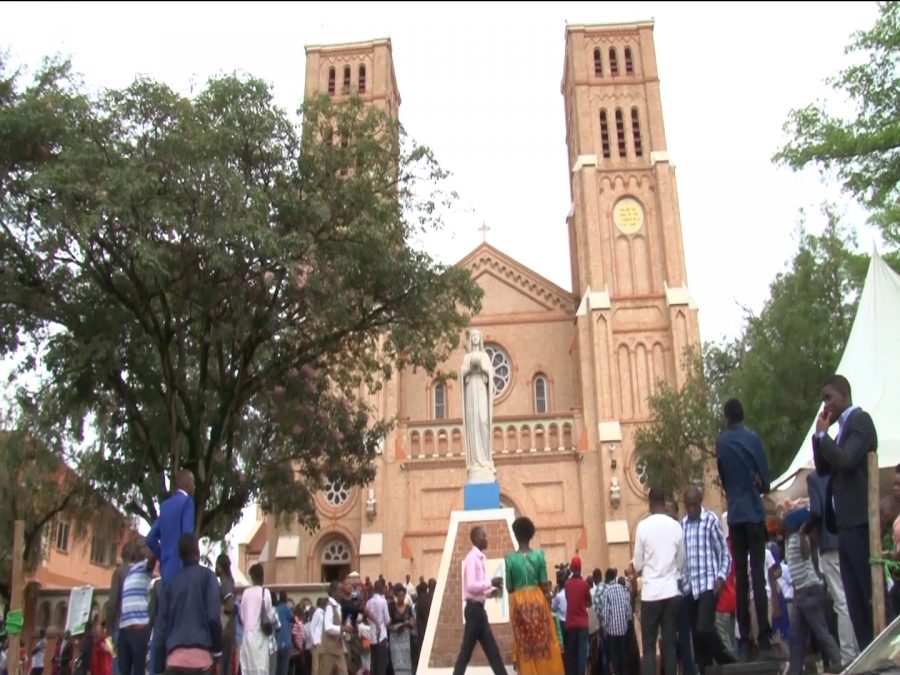 St Mary’s Cathedral, Rubaga
St Mary’s Cathedral, Rubaga
Rubaga Hill is host to St Mary’s Cathedral or Rubaga Cathedral. This hill was given to the Catholic White Fathers who were seeking to establish a church by Kabaka Mwanga II in 1889. Also on the hill resides Catholic related programs and projects like Pope Paul Memorial Hotel, schools, a hospital, different mission and project offices, and the burial grounds for the clergy and lay men.
Overlooking Rubaga is Namirembe hill adjacent to Mengo, the capital of Buganda kingdom. It was on Mengo hill the famous 1900 Agreement was signed between the Kabaka of Buganda and British colonial officials establishing the Uganda Protectorate. The history of Mengo hill is also entwined with that of Namirembe hill, the seat of the Anglican Church in Uganda, because of the monarchy’s close association with the Church of England. Indeed at Namirembe, just across from Mengo hill and nearly at the same elevation is the Bulange (office building for the Kabaka and the kingdom’s parliament-Lukiiko).
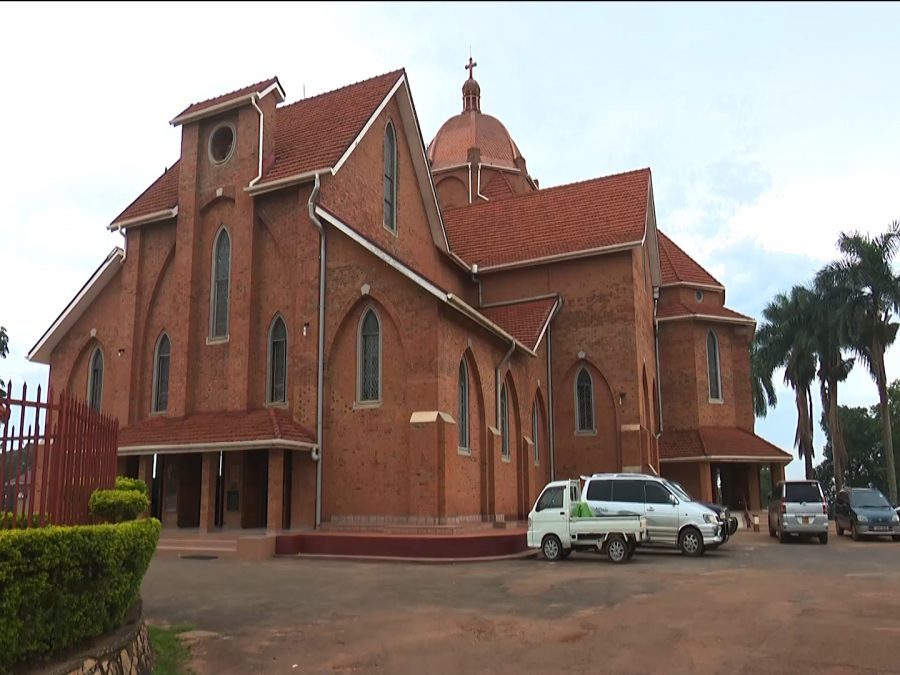 St Paul’s Cathedral, Namirembe
St Paul’s Cathedral, Namirembe
St Paul’s Cathedral sits atop Namirembe hill is the headquarters for the Anglican faithful in the country. It is the oldest cathedral in Uganda dating back to 1885. The hill also has a hospital that was founded by Sir Albert Cook who is also buried on this hill along with other significant clergy, a school and offices for the Anglican church.
Clearly with this spectacular religious sites visible from almost anywhere in the city, one wouldn’t be out rightly wrong to call Kampala a religious city.
Away from these religious establishments are the other three hills, for example North of Namirembe is Makerere hill on which Uganda’s oldest university Makerere or what many have termed as the ivory tower sits.
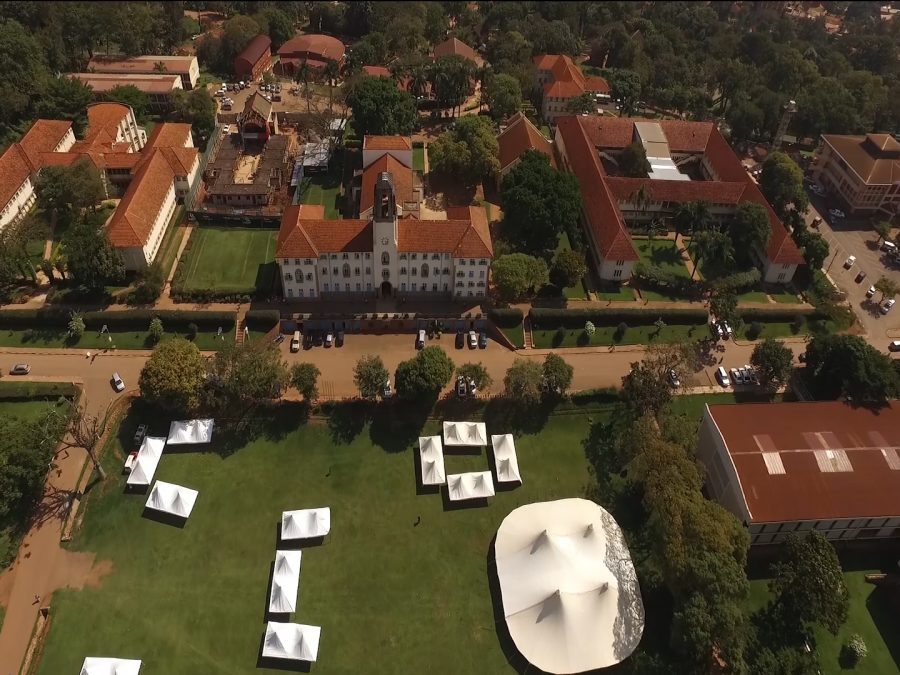 Aerial view of Makerere University
Aerial view of Makerere University
Overlooking Makerere hill is Mulago, the hill on which the national referral hospital sits. Mulago was derived from the word “omulago”, a type of medicine, kept on this hill, that was used by Kabaka Suuna II for protection against spirits. Little surprise that Uganda’s main hospital would be built here.
Nakasero hill is today in the heart of the city. The upper part was mostly a residential area for colonial administrators while the lower part is the commercial district. On Nakasero hill is the state lodge and the country’s top hotels.


